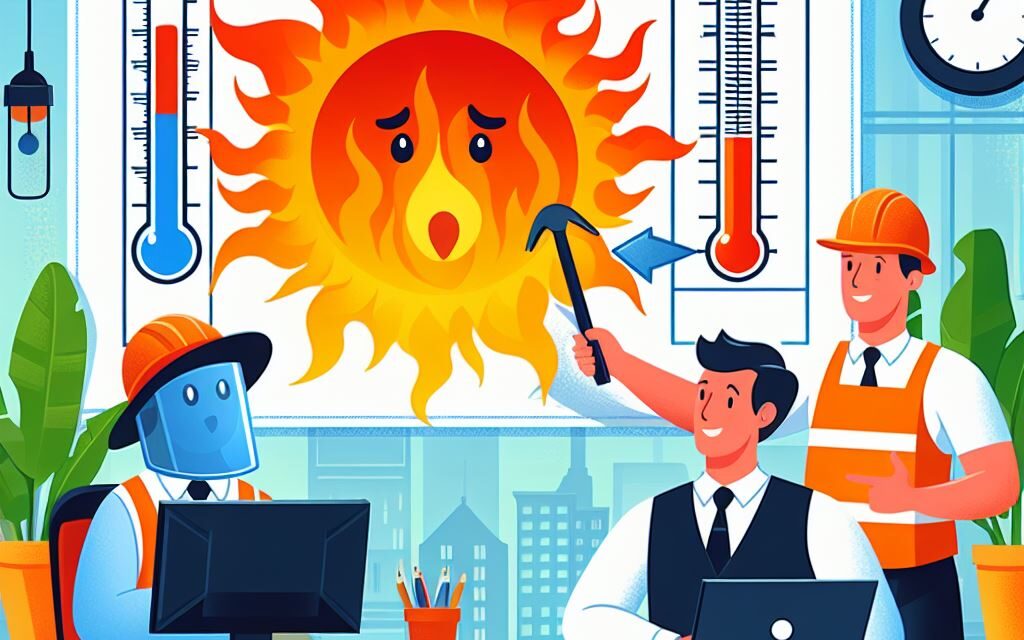As Philadelphia braces for scorching temperatures exceeding 90 degrees this week, concerns about indoor heat have surged alongside fears of outdoor conditions. While the focus often rests on the blistering heat outside, experts warn that high indoor temperatures can pose equally perilous risks, especially for vulnerable populations lacking access to adequate cooling.
Leah Schinasi, an assistant professor at Drexel University specializing in environmental and occupational health, emphasized the severity of indoor overheating, particularly among the elderly and young children who spend significant time indoors. In a recent study published in Heliyon, Schinasi and her team highlighted that indoor temperatures can escalate dangerously during heat waves, exacerbating health issues such as heart strain, respiratory problems, and impaired kidney function.
“It can actually get hotter indoors than outside, and this is a really important environmental justice issue,” Schinasi pointed out. “Many lower-income households either lack air conditioning entirely or cannot afford the steep energy bills associated with its use.”
The research underscores that indoor overheating remains a critically under-researched area in public health, despite its profound impact on well-being during extreme heat events. Statistics from the Centers for Disease Control and Prevention underscore that heat-related fatalities surpass those from any other weather-related disaster in the United States.
To mitigate these risks, Schinasi recommended practical measures such as closing blinds to reduce radiant heat, staying hydrated, wearing lightweight clothing, and utilizing cooling centers set up by Philadelphia health officials during emergencies. She also advocated for long-term urban planning strategies to combat the urban “heat island” effect, which disproportionately affects neighborhoods with minimal shade and older housing stock.
“Philadelphia’s older rowhouses and dark-roofed buildings act like ovens during heat waves,” Schinasi explained. “Strategic initiatives like tree planting and light-colored pavement can significantly lower temperatures and enhance urban resilience.”
Policy solutions were also proposed, including subsidized air conditioning units and cooling cost assistance programs to alleviate the burden on low-income households. Pennsylvania and New Jersey have initiated programs to provide free air conditioners and cover energy bills for eligible residents during the summer months.
“Increasing access to cooling resources and enhancing social supports are crucial steps in safeguarding vulnerable communities from the health impacts of extreme heat,” Schinasi emphasized. “Addressing these disparities is essential for building climate resilience and ensuring public health during heat waves.”
The study, titled “Surviving indoor heat stress in United States: A comprehensive review exploring the impact of overheating on the thermal comfort, health, and socio-economic factors of occupants,” urges policymakers to prioritize indoor heat as a critical health hazard requiring immediate attention and intervention.
For more information on coping strategies and community resources during heat waves, residents are encouraged to stay informed through local health advisories and outreach efforts.












